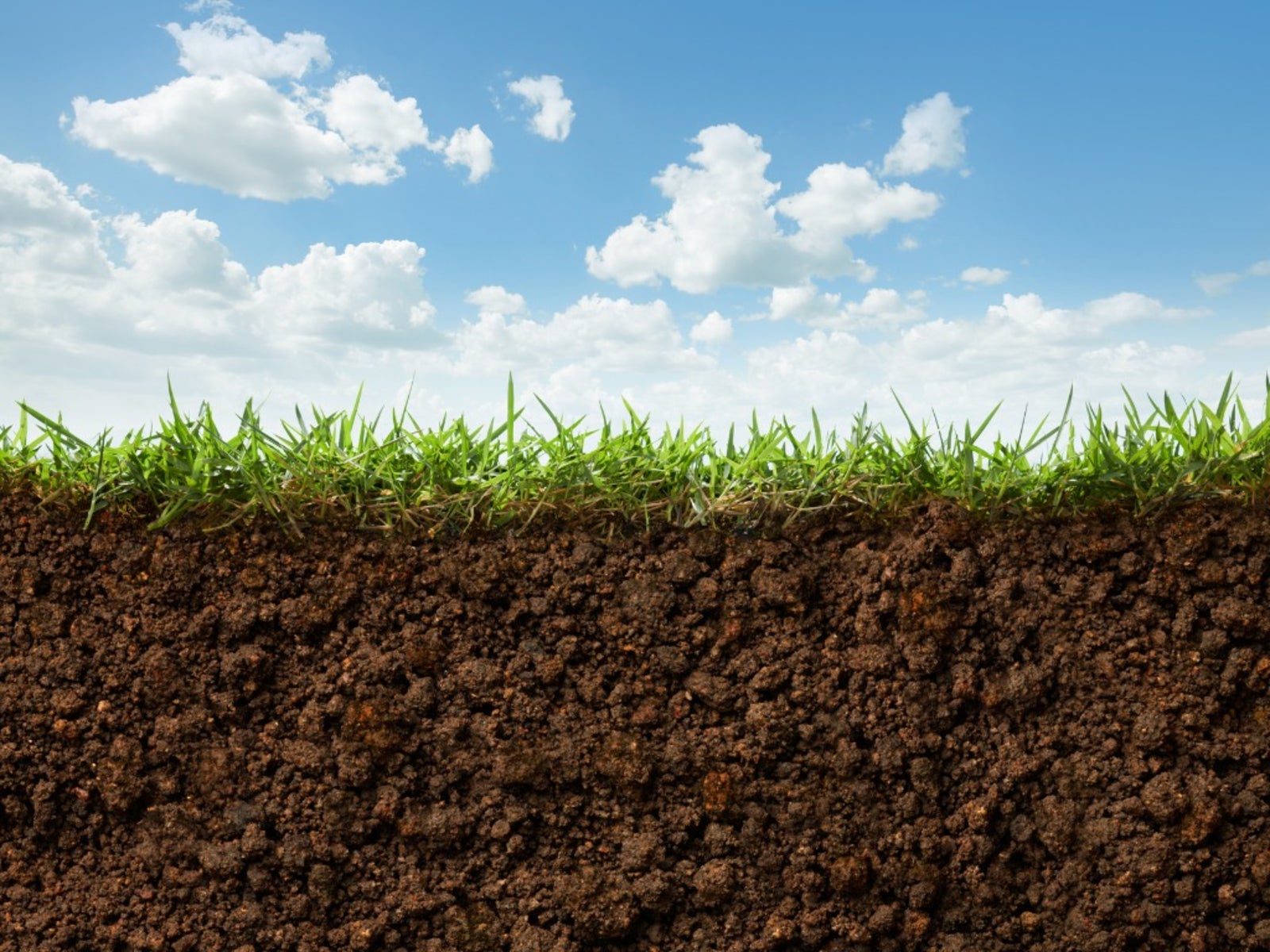What Is Soil Made Of?


Amy Draiss
Finding a good garden soil is one of the most important factors to growing healthy plants, as soil differs from place to place. Knowing what soil is made of and how it can be amended can go a long way in the garden.
How Is Soil Made?
What are soils made of? Soil is a combination of both living and non-living materials. One part of soil is broken down rock. Another is organic matter made up of decaying plants and animals. Water and air are also a part of soil. These materials help support plant life by providing them with nutrients, water, and air.
Soil is filled with many living creatures, like earthworms, which are responsible for keeping the soil healthy by creating tunnels in the soil that help with aeration and drainage. They also eat decaying plant materials, which pass through and fertilize the soil.
Soil Profile
Soil profile refers to the different layers, or horizons, of soil. The first is made up of decomposed matter, such as leaf litter. The topsoil horizon also contains organic materials and is dark brown to black. This layer is great for plants. Leaching matter makes up the third horizon of the soil profile, which consists mainly of sand, silt, and clay.
Within the subsoil horizon, there is a combination of clay, mineral deposits, and bedrock. This layer is usually reddish brown or tan. Weathered, broken up bedrock makes up the next layer and is typically referred to as regolith. Plant roots cannot penetrate this layer. The last horizon of soil profile includes unweathered rocks.
Soil Type Definitions
Soil drainage and nutrient levels are dependent on the particle size of a various soil type. The soil type definitions of the four basic types of soil include:
- Sand - Sand is the largest particle in soil. It feels rough and gritty and has sharp edges. Sandy soil does not contain many nutrients but is good for providing drainage.
- Silt - Silt falls between sand and clay. Silt feels smooth and powdery when dry and isn't sticky when wet.
- Clay - Clay is the smallest particle found in soil. Clay is smooth when it is dry but sticky when it gets wet. Although clay holds many nutrients, it doesn't allow enough air and water passage. Too much clay in the soil can make it heavy and unsuitable for growing plants.
- Loam - What is loam soil? Loam consists of a good balance of all three, making this type of soil the best for growing plants. Loam breaks up easily, encourages organic activity, and retains moisture while allowing for drainage and aeration.
You can change the texture of various soils with additional sand and clay and by adding compost. Compost enhances the physical aspects of soil, which produces healthier soil. Compost is made up of organic materials that break down in the soil and encourages the presence of earthworms.
Gardening tips, videos, info and more delivered right to your inbox!
Sign up for the Gardening Know How newsletter today and receive a free copy of our e-book "How to Grow Delicious Tomatoes".

Nikki Tilley has been gardening for nearly three decades. The former Senior Editor and Archivist of Gardening Know How, Nikki has also authored six gardening books.
- Amy DraissDigital Community Manager